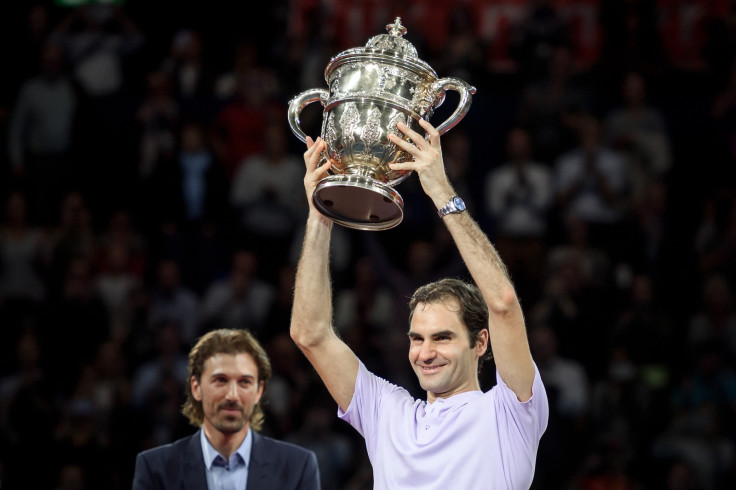How Roger Federer emulated Pete Sampras to compete with Rafael Nadal, Novak Djokovic and Andy Murray

KEY POINTS
- Federer changed his racket from 90" to 97" three years ago.
- Former British number one Greg Rusedski believes it was a brave decision to change the racket.
Former British number one Greg Rusedski believes Roger Federer's change in racket helped him compete with the likes of Rafael Nadal, Novak Djokovic and Andy Murray.
The Swiss ace has had a career resurgence in 2017 with seven titles won in the current calendar year, including the Australian Open and a record eight Wimbledon win.
It is a far cry to Federer's 2013 where he suffered arguably the worst year of his professional career, winning just one title in the Halle Open.
The 36-year-old proceeded to opt for a bigger racket the following year, going from 90" to 97" which has considerably improved the world number two's backhand shots against his rivals.
Rusedski claims Federer followed the example of former world number one Pete Sampras in changing the size of his racket.
"It was very brave to change the racket," Rusedski said, as quoted on Tennis World USA. "He talked to Pete Sampras about it because they both had the same coach Paul Annacone."
"Pete always said 'I wish I'd change to a bigger frame' and Roger was willing to do that. He hurt his back with Paul Annacone when he went through that change and he put it on pause a little while and then did it [changed his racket].
"That's the genius of Roger. He's always looking to get better. He loves what he does. I remember at the end of my career he was walking out of the locker room laughing and joking."
Rusedski's belief echoes former world number one Mats Wilander, who previously stated that the change in racket helped the 19-time Grand Slam winner hit shots earlier.
This ultimately allowed him to compete with the likes of Nadal and Djokovic — the former of whom, Federer has notably defeated four times this year.
"It made him hit backhand earlier. Roger was probably focused on smaller rackets for a long time," Wilander explained. "If he wasn't tested, he would not have had that strength and so he would have called it a career. He is serving better than the past as well."
"He understood that he had to focus more on this shot [backhand] in order to compete with Rafael Nadal or Novak Djokovic from the baseline. Looking at his age, Roger is showing that in tennis the body is not the most important thing."





















